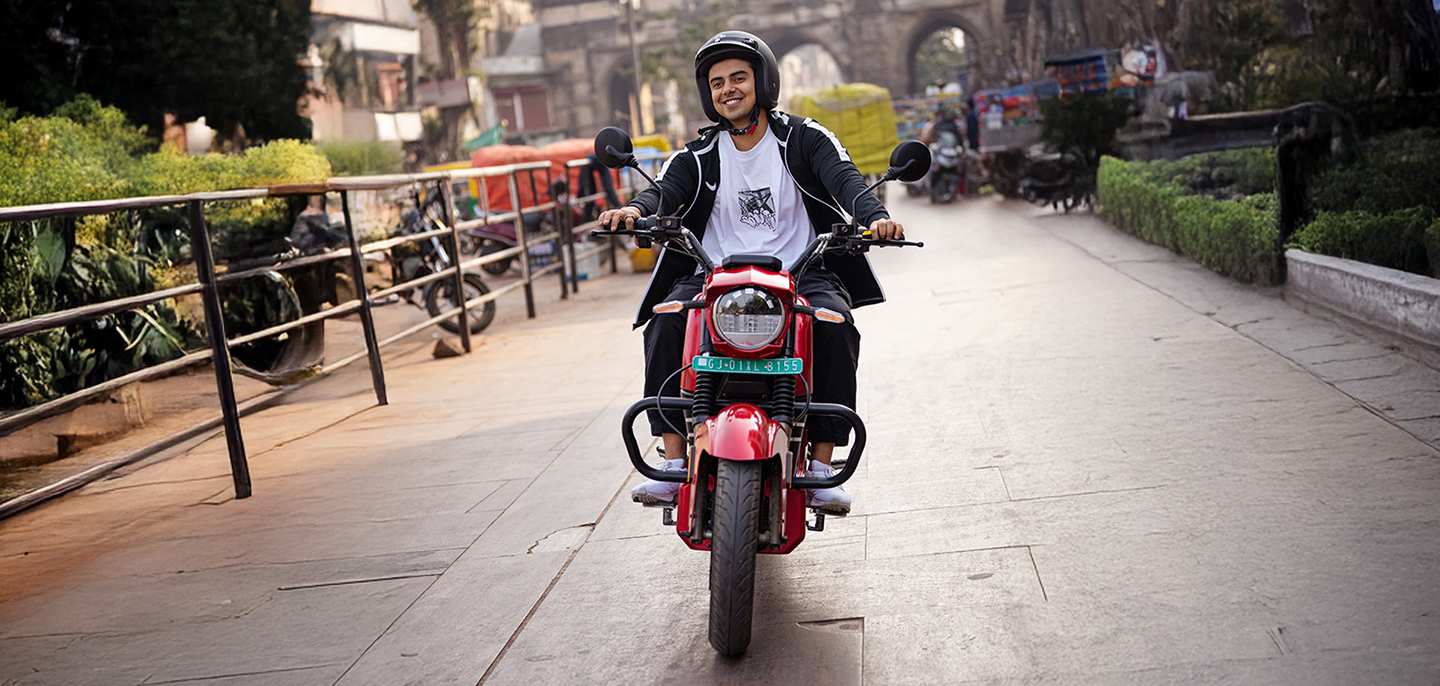Revving Up a Green Revolution
A land of bustling megacities and winding rural roads, India is witnessing a silent revolution on two wheels – the electric scooter. It is driven by environmental concerns and the need out of sustainable transportation. These zippy, zero-emission vehicles are not just changing the way we commute, but also shaping a greener future for the country. But before hopping on it, here shedding light on the key aspects shaping their adoption and its cons as well to balance India’s electric scooter boom.
Pros of India’s Electric Scooter
Pollution Warrior: Electric scooters are emission-free, contributing significantly to cleaner air and reduced noise pollution in urban areas. It’s aligns with India’s commitment to environmental sustainability by not producing greenhouse gas effect making surroundings environment friendly
Cost-Effective: India’s electric scooter is much cheaper option to ride on with confidence compared to petrol-powered vehicles. With minimal maintenance and lower electricity costs, they offer eminent savings in the long run. This makes them an attractive option for budget-conscious commuters.
Convenience and Accessibility: India’s electric scooters easy to navigate through traffic, especially in crowded cities. They can also be parked almost anywhere, offering greater flexibility and convenience. Additionally, their compact size makes them ideal for navigating narrow lanes and congested streets.
Boosting Domestic Manufacturing: The growing demand for electric scooters has spurred domestic manufacturing, creating new jobs and promoting technological advancements within the country. This can lead to a self-reliant EV ecosystem in the future.
Cons of India’s Electric Scooter
Range Anxiety: Despite advancements, electric scooters often have a limited range per charge, which may be a concern for long-distance travel. This makes unsuitable factor for riding across cities and potential buyers can’t rely on their electric scooter for commutes.
Infrastructure Gap: The lack of adequate charging infrastructure, especially in smaller towns and rural areas, hinders the widespread adoption of electric scooters. This “range anxiety” is further amplified by the limited availability of charging stations.
Affordability Hurdle: Despite being cheaper to run in the long run, the initial cost of purchasing an electric scooter is still higher than a basic petrol scooter. This can be a barrier for lower-income individuals who might be priced out of the EV market.
Charging Time & Battery Degradation: While charging technology is improving, the time required to charge an electric scooter is still longer than refuelling a traditional scooter, impacting user convenience. Over time, the performance of electric scooter batteries may degrade, reducing the overall range and efficiency of the vehicle.
While challenges remain, India’s electric scooter revolution is undeniably paving the way for a cleaner and more sustainable future. As technology continues to advance, addressing these concerns will play a crucial role in shaping the future of electric scooters in India unlocking the potential of these green machines. Moreover, government initiatives to promote clean mobility provides incentives and subsidies for electric vehicles, making them more affordable for consumers accelerating this transition. Remember, choosing an electric scooter is not just about personal convenience; it’s a conscious decision to contribute to a greener India. So, weigh the pros and cons carefully, research the available options, and be a part of this exciting revolution on two wheels!






